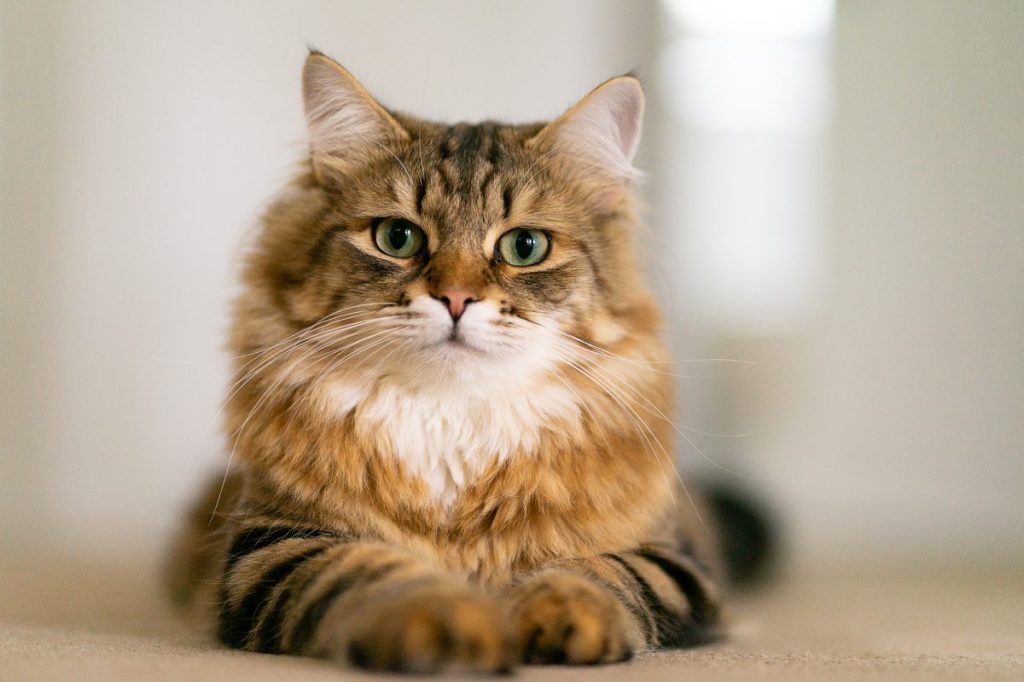Siberian cats, glamorous natives of Siberia’s subarctic taiga, owe their thick, protective coats to their harsh environment. Highly affectionate and playful when they want to be, these cats don’t need much exercise and are just as happy snuggling up with their humans as they are chasing a laser toy. They’ll follow you everywhere and gladly participate in whatever you’re doing, whether…

Siberian
Statistics
Life Span
11 to 18 years
Length
17 to 25 inches
Weight
8 to 17 pounds
Country Of Origin
Russia
Trending
No content yet. Check back later!